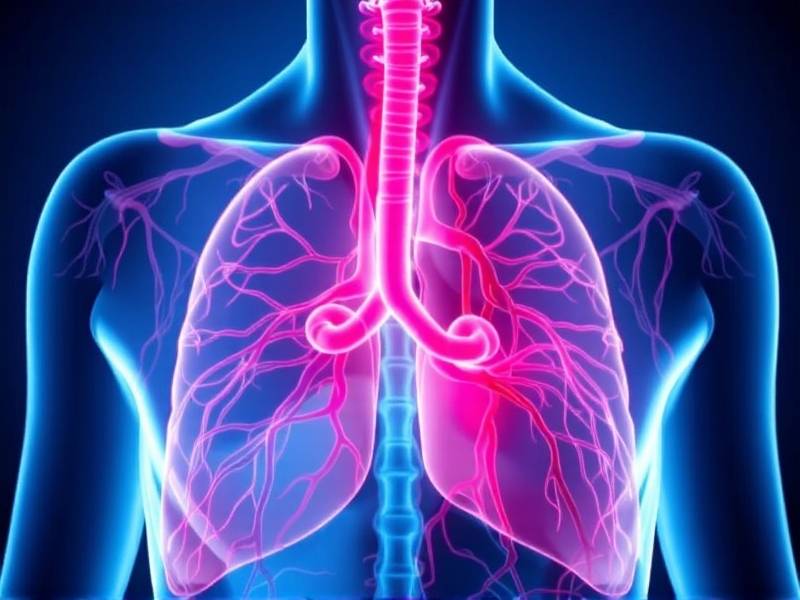How Long Does It Take for Blood Flow to Improve After Quitting Smoking?
The Journey to Better Blood Flow: How Long After Quitting Smoking?
Introduction: Quitting smoking is a significant step towards improving one's health. While the benefits of quitting are numerous, many smokers often wonder about the timeline for specific improvements in their body. One such concern is how long it takes for blood flow to improve after quitting smoking. In this article, we will explore the changes in blood flow and their timeline following the cessation of smoking.
Understanding Blood Flow and Smoking

Firstly, it's important to understand how smoking affects blood flow. When you smoke, the chemicals in tobacco enter your bloodstream, causing damage to your arteries. Over time, this damage can lead to reduced blood flow, which can have various health consequences.
Immediate Changes After Quitting Smoking
The good news is that your body begins to respond almost immediately after you quit smoking. According to the American Heart Association (AHA), within 20 minutes of quitting, your heart rate and blood pressure start to drop as your body starts to clear out nicotine.
Weeks 1-3: Initial Improvements

Within a few weeks of quitting smoking, you'll notice initial improvements in blood flow. Your arteries start to relax and dilate, allowing for better blood circulation. This can be seen in a reduction in heart rate and blood pressure.
During this period, you may also experience an increase in lung capacity and a decrease in coughing and shortness of breath due to improved oxygenation of the lungs.
Months 6-12: Continued Improvement
After several months of not smoking, your arteries continue to heal and become more flexible. This leads to further improvements in blood flow throughout your body. As a result, you may notice increased energy levels and better overall cardiovascular health.
Research from the Mayo Clinic suggests that within one year of quitting smoking, your risk of heart disease is significantly reduced compared to someone who continues smoking.
Long-Term Benefits
The benefits of improved blood flow don't stop after a year; they continue throughout your life. By quitting smoking, you give yourself a better chance at living a longer and healthier life with reduced risks of heart attack, stroke, and other cardiovascular diseases.
Conclusion:
The journey towards better health after quitting smoking takes time but is well worth it. Understanding how long it takes for blood flow to improve can provide motivation for those struggling with the decision to quit or those already on their journey towards better health. Remember that every day without smoking brings you one step closer to improved cardiovascular health and overall well-being.
